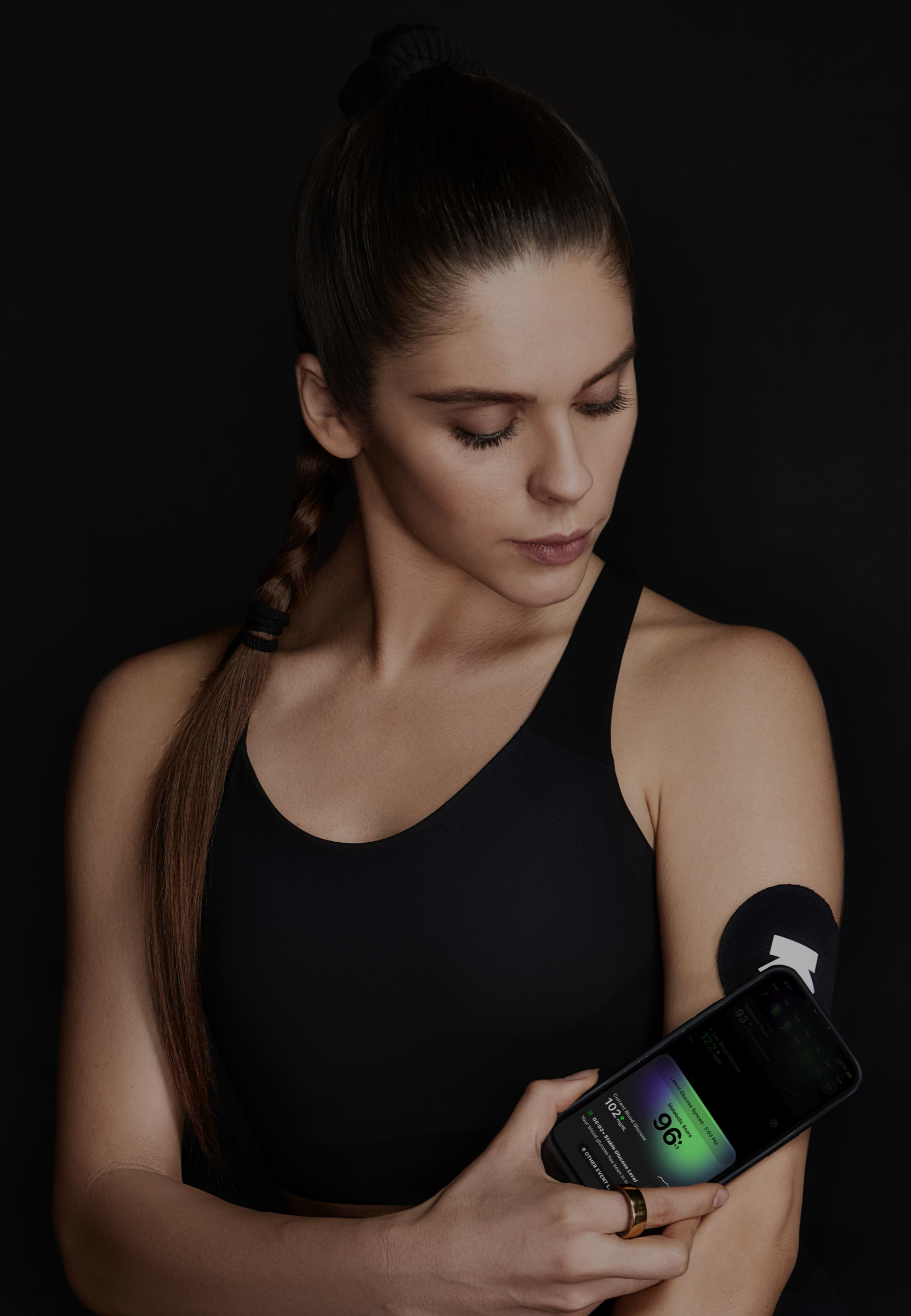
Multigrain Roti (Pillsbury) (1 Serving), English Masoor Dal (1 Cup) and Tinda Sabzi (100 G)
Lunch
158 mg/dL
avg. peak value
Usually causes a large spike
Avg. Food Score on Ultrahuman App
Ultrahuman Users got an UNSTABLE response
How to consume english masoor dal, multigrain roti, tinda sabzi without glucose spikes
Portion Control
Consider reducing the portion sizes of the masoor dal, multigrain roti, and tinda sabzi. Smaller portions can lead to a slower and more manageable glucose response.
Add Protein
Incorporate a source of lean protein, such as grilled chicken, tofu, or lentils, to your meal. Protein can help slow down the absorption of carbohydrates, preventing sharp spikes.
Include Healthy Fats
Add healthy fats like avocado, nuts, or seeds to your meal. These fats can help slow digestion and maintain stable blood sugar levels.
Incorporate Non-Starchy Vegetables
Add a generous serving of non-starchy vegetables such as spinach, kale, or broccoli. These are low in carbohydrates and high in fiber, which can help moderate blood sugar levels.
Stay Hydrated
Drink plenty of water before and during your meal. This can aid digestion and help regulate blood sugar levels.
Eat Slowly and Mindfully
Take your time to chew your food thoroughly and enjoy your meal. Eating slowly can allow your body to better regulate glucose levels.
Physical Activity
Consider taking a short walk or engaging in light physical activity after your meal. This can help your muscles use up some of the glucose in your bloodstream.
Monitor Your Levels
Keep track of your blood glucose levels regularly to understand how different foods affect you. This can help you make more informed decisions about your diet.

Find Glucose response for your favourite foods
Explore OGDbDiscover
metabolic
health with M1
Ultrahuman M1 helps you measure the impact of food and activity on your body in real time through glucose as a biomarker.
Explore Ultrahuman M1Your cart is empty
Browse through our products and find something for you.
